Things I can’t tell you: what it’s like. Things I can tell you: what they’ve done, how they’ve done it, why they’ve done it and… holy moly… that they’re about to take a corner on a gravel road at a speed that I really don’t think is advisable in a Range Rover Sport and… oh, no, it’s okay – we haven’t crashed.
I’m at Walters Arena, not far from Swansea, south Wales. It used to be an open-cast mine but has now been repurposed as a home to 13 wind turbines, and several stages of Wales Rally GB, along with other motorsport events.
It has also become a third or fourth home to some Land Rover testers, who have supplemented their UK engineering facilities at Gaydon and Eastnor Castle with Walters’ fast, gravel-screed roads. It’s ideal for higher-speed off-road testing, as Land Rover’s off-road attributes manager, Jason Walters (no relation to the location), and vehicle engineering manager Craig Carter explain from the cabin of this fast-moving ‘L494’, or new Range Rover Sport to you and me, in whose passenger seat I’m sitting.
>> Steve Cropley talks to design boss Gerry McGovern
>> Range Rover Sport: full technical details
I still quite like the current Range Rover Sport, if I’m honest, but Carter and Walters, as you might expect, are keen to tell me what they’ve done to improve on it.
We’re sitting in an SDV6, the launch diesel model and the more powerful of the two 3.0-litre V6 oil-burners that will be offered, at 288bhp and 443lb ft. A 254bhp TDV6 will join it later, as will a 4.4 SDV8 (334bhp and 516lb ft). At launch there will also be a 5.0 Supercharged V8 petrol model with 503bhp and 461lb ft.
The UK market won’t get the supercharged 3.0 V6 available elsewhere, developed for additional off-road durability from the new Jaguar unit, but we will get a diesel hybrid and, later still, an in-line four-cylinder petrol.
Land Rover claims the new in-line four will bring the Range Rover Sport’s kerb weight down to less than 2000kg and prove more than 500kg lighter than a current V6 diesel.
But despite similarly grand claims about the new Range Rover’s lighter shell over its predecessor, we didn’t see such a big gap when it came to the scales. Why should it be different this time?
For a start, the new Sport is developed from the latest Range Rover’s aluminium architecture, which, in the Range Rover’s case, replaced a largely aluminium car anyway. When it comes to the Sport, this new platform replaces the one used by the current Sport and the Discovery, which features twin steel chassis rails like a separate ladder, on top of which is bolted a steel monocoque.
>> Steve Cropley talks to design boss Gerry McGovern
>> Range Rover Sport: full technical details
At the time of their introduction, Land Rover claimed that this platform offered the best of both worlds, but there’s no question that it also included the weight of both. The upcoming four-pot Sport will not only be on an aluminium platform for the first time, but it will also lose a low-range gearset. Even so, “we can get that base car anywhere a current Sport will go”, says Walters.
What that four-pot will retain is, like this SDV6, an eight-speed ZF automatic transmission, whose selector is – unlike that of the latest Range Rover and most Jaguars – a stick rather than a rotary dial.
The F-Type gets this too. It’s a visual reminder of the sporting intent of these models, according to Land Rover – oxymoron though you might think that is on a car that weighs comfortably more than two tonnes in base V6 form and, I would think, considerably more after you have added some choice options.
But there are other sporting cues, too. The cabin architecture of the Sport is largely borrowed from its larger Range Rover brother (the ‘button count’ is down by 50 per cent on the existing model’s) but, compared with the last Sport, the steering wheel is 15mm smaller, and there’s an extra 2deg of rake to the windscreen and 15mm more tumblehome at the top of the glass. It’s a sleeker external shape.
The biggest differences, though, are allowed by the new platform. The driver sits 20mm lower than previously, in a similar posture to the Evoque’s. Making best use of the abandonment of under-chassis rails, the Sport sits 4mm lower overall than the old car but has 50mm more ground clearance.
That the floor is higher and the roof lower means different seating in the rear, where occupants sit 42mm lower than before. “It’s less ‘stadium seating’ and more ‘chaise longue’,” says Carter.
Yet because the wheelbase is up by 178mm over the outgoing Sport (and just 1mm different from the Range Rover’s), there is a lot more rear legroom.
But back to Walters Arena, and going quite quickly. Walters (Jason, not Arena) is down here about three or four times a month, he explains, although sometimes testers are left here for a few weeks at a time, honing and tuning. The Sport will get its fair share of acronyms and initialisms and mostly they’re electronically controlled, so there are huge options open to engineers when it comes to tweaking and finessing.
“What we try to do is find as many different surfaces as possible,” says Walters, at the wheel. “You can set up a dynamic ride on the road, but on surfaces such as this it’s unbearable,” he says, as we tear across yet more gravel, along access roads that are bordered by trees and mud. Little pathways spear off into mud and streams and up and down shockingly steep hills.
>> Steve Cropley talks to design boss Gerry McGovern
>> Range Rover Sport: full technical details
So there’s great scope here for tuning. Even base Sports will get air suspension, and there are adaptive dampers, but the other goodies come higher up in the range.
Active roll control is available. This pumps up the air suspension in both pitch and roll, to keep the body flatter under acceleration, deceleration and cornering, yet can slacken off to retain ride quality on poorer surfaces.
There is a Dynamic Pack, which will bring with it the option of sharpening the steering ratio (already the quickest yet fitted to a Land Rover) and pedal response, and will include an E-differential, an electronically controlled, locking rear differential.
And there’s TVVB, or torque vectoring via braking. “Conceptually, it’s similar to the system used in the McLaren 12C,” says Carter. Indeed, it was initially developed for the road – where it operates only beyond 0.6g – but its ability to brake an inside rear wheel has proven exceptionally handy for keeping the back end turning off road, too. “On ice, we’ve never before held a line like we can in this car,” says Carter.
In conditions like today’s, the Walters Arena gravel is quite grippy, but “weather conditions can change how it feels dramatically”, says Walters J. “When it’s wet, it can feel like a sheet of ice.”
I’m still looking at the place like it’s basically a massive playground, but it’s clear to see why it’s so useful for tuning. There are so many surfaces here, including wading ditches and a rock crawl that Land Rover has built. There are other areas with loose rocks in the UK but, almost by definition, the rocks have moved by the time you come back to test again. Here, they’re fixed.
It’s all very impressive, but does anyone really notice? Apparently, so. Land Rover questions current owners and has found that every one of them will put their car’s Terrain Response system – the dial on the dashboard that controls power distribution, differential locking, stability program modes and all that malarkey – into its ‘Grass/Gravel/Snow’ setting at least once a year. Some 65 per cent of owners use that setting for at least 120 miles a year.
As with the latest Range Rover, there’s an automatic setting on the new Sport’s Terrain Response. Left in auto, there’s no visual indication of which mode the car adopts, but Walters can tell the Sport’s choice by the way it responds. Why no visual clue? “Sometimes, it puts you into modes you wouldn’t expect, like Sand when there’s 200-300mm of snow. That can lead customers to think there’s something wrong with it.”
As ever with these things, the car goes places you wouldn’t expect. Cars always go further off road than I think they ought to – keep moving when I think they should get stuck. I’m told that the Sport has 448mm of wheel travel as standard and 548mm in models with active roll control. Currently, it’s 430mm (a BMW X5 has 330mm). The approach angle is 31deg, breakover angle 27deg and departure angle 33deg – so the back should follow wherever the front will go. Our test car wears 275/45 R21 Goodyear Eagle 4x4 tyres, but options range from 19-inch to 22-inch rims.
But it’s the conversations and anecdotes, rather than the stats, that I like. At the end of a track, I spot a hill so steep, and with trees growing so far out of it, that you couldn’t even walk up it. There are tyre tracks leading part-way up it at the bottom. “You don’t go up that?” I ask. “No,” says Walters, “but we see how far we can get.”
Partly it’s for a giggle, but there is a purpose to it. “The diagnostics needs to accept that it’s possible for all wheels to be spinning at the same 60mph yet the car isn’t moving,” says Walters. The risk is that, if the car thinks the two are incompatible, it deduces that it is going at 60mph and, say, drops the ride height accordingly or adjusts its ESP settings. The ESP and ABS can be much more aggressive, too, without increasing cabin noise, because the six-piston ABS sensor is located behind the headlight, as far from the bulkhead as is possible. It’s all but inaudible in its operation.
When wading, sensors on the air suspension detect that the body is rising, because its natural buoyancy lifts it. In a Land Rover, that tells the suspension to put itself on its highest setting to account for the water and keep the wheels on the deck. In some rivals, to try to maintain the selected ride height, the suspension collapses to its lowest setting, ultimately denying traction.
>> Steve Cropley talks to design boss Gerry McGovern
>> Range Rover Sport: full technical details
All well and good but, let’s face it, it has ‘Sport’ in the title and most of the time these cars will be used on the road. So they take me for a spin on the road in a Supercharged petrol variant. I’ll put my impressions aside (apart from the fact that it’s fast and sounds pretty good), because I’m not driving, but there are things worth knowing. This car sits 8mm lower to the ground than the Range Rover, “because we wanted to get the centre of roll and the centre of gravity closer together”, says Carter.
The drop in height is why the wheelbase has grown by 1mm in the process, but it’s not as simple as just lowering the Range Rover. “All the things that connect the wheel to the steering wheel are different,” says Carter, “which is not good for the budget, but that’s how crucial the 8mm was to us.” Although there is a shared platform, if you count the number of chassis and body components, just 25 per cent are common between the two models.
“We’ve had to do more testing with this car than any other,” says Carter, but it has helped that the body is 39 per cent stiffer than the current model’s. “It’s allowed us to fine-tune the dampers to a level we haven’t managed before,” he says. “Before, we had to treat the chassis as part of the suspension.”
The aim is to create a car that will feel notably keener and flatter than a Range Rover, accepting some ride quality compromise on the way. Carter admits that there are some exceptional rivals, the Porsche Cayenne, Volkswagen Touareg and BMW X5 among them.
With a refreshing dose of honesty, he admits that some will be “outright that touch better” in extremes on a track. “But we always sell on mud and snow tyres,” he says, “and the rivals won’t be better by a margin that we’re better in the other dimension.” I’m intrigued to find out.
Range Rover Sport SDV6
Price £60,000 (est); 0-60mph 6.8sec; Top speed 130mph; Economy TBC; CO2 199g/km; Engine 2993cc, V6, turbodiesel; Power 288bhp; Torque 442lb ft; Gearbox 8spd auto

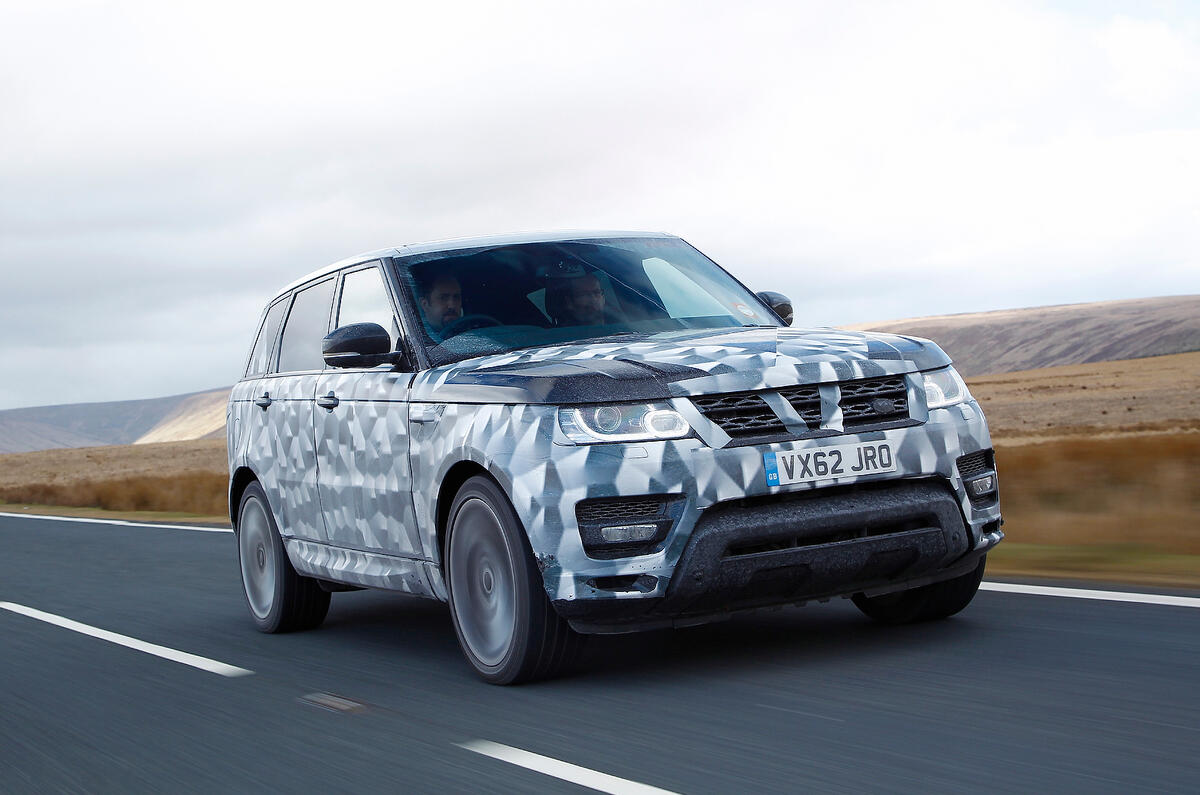
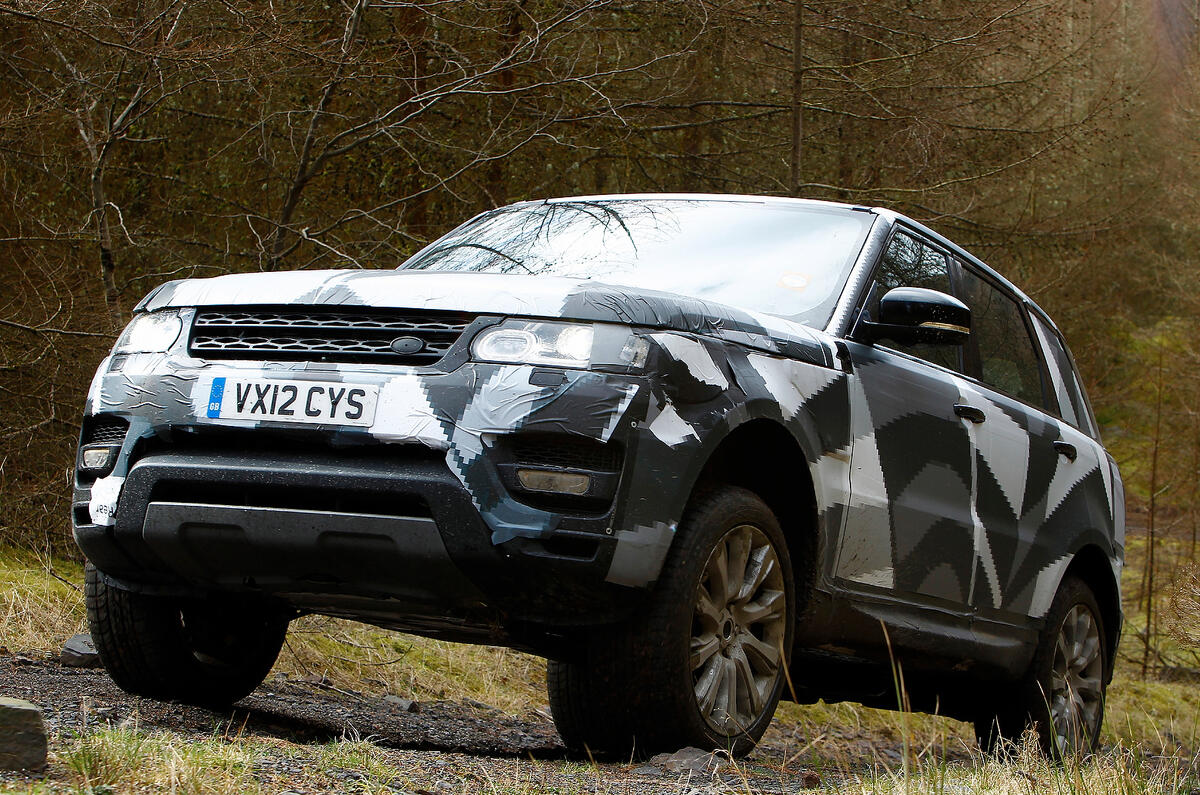
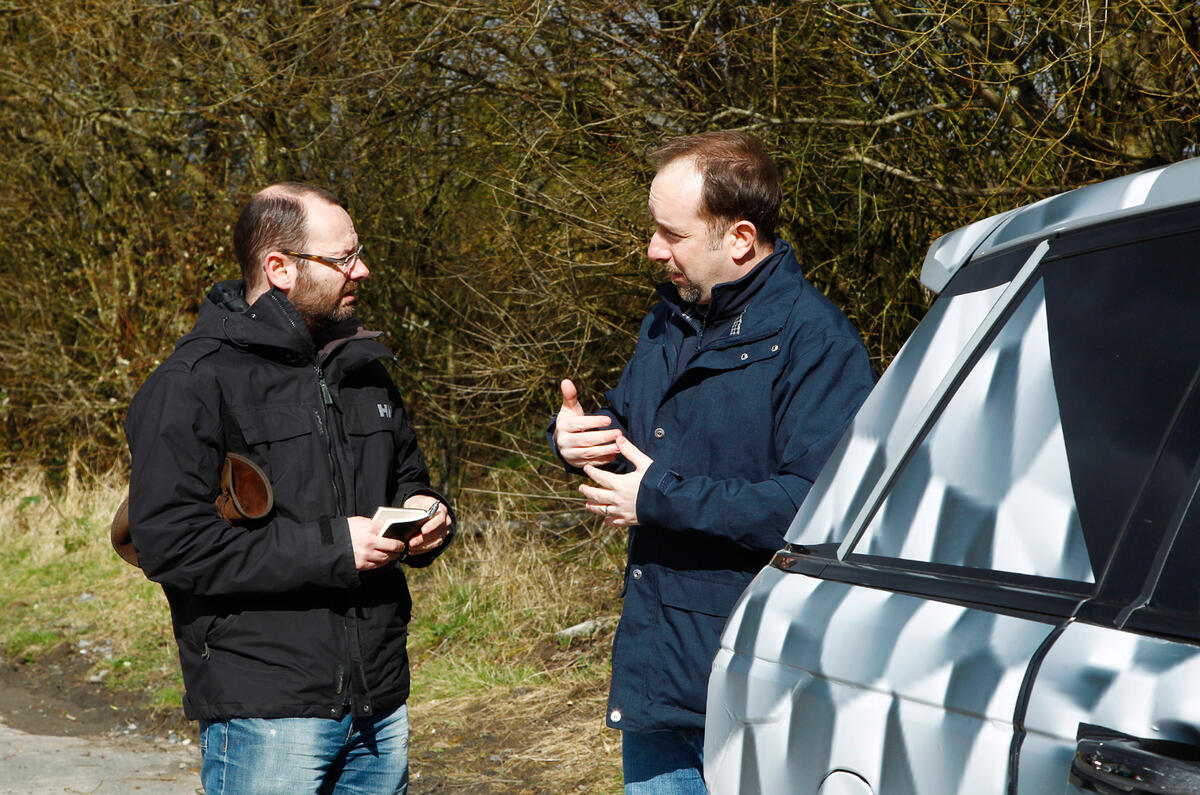
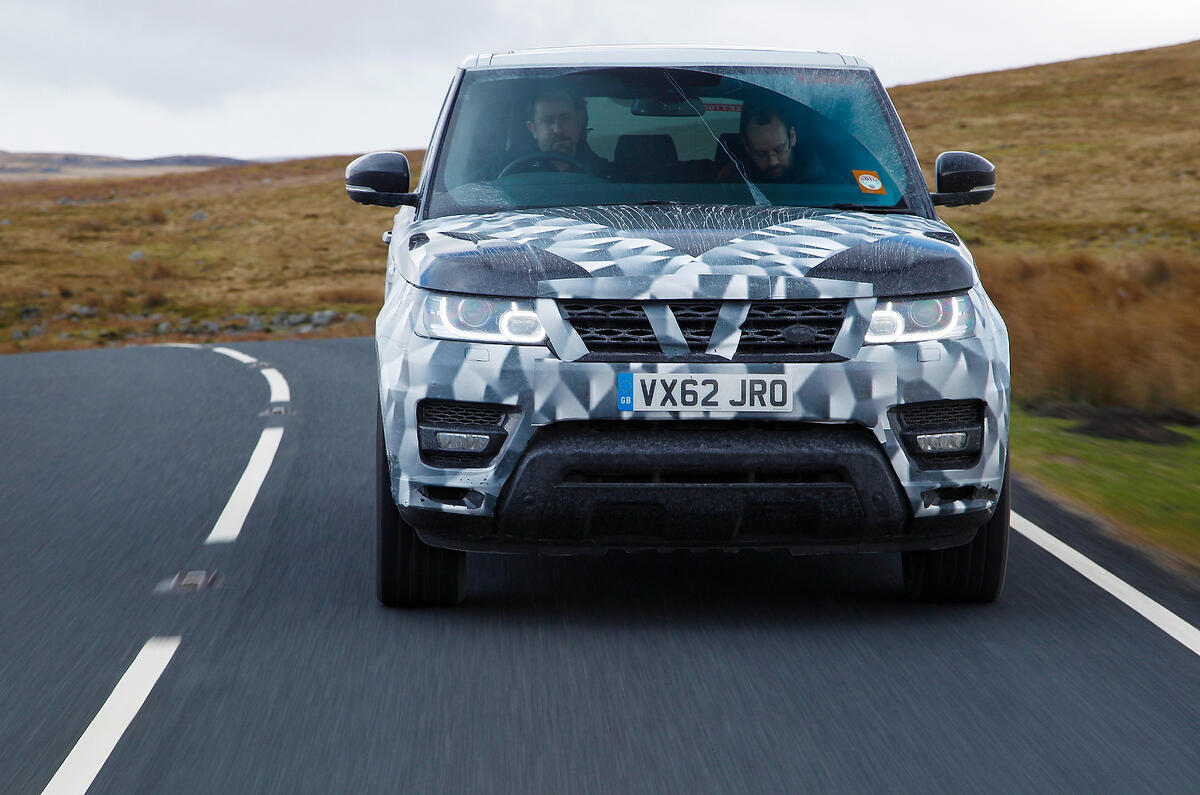
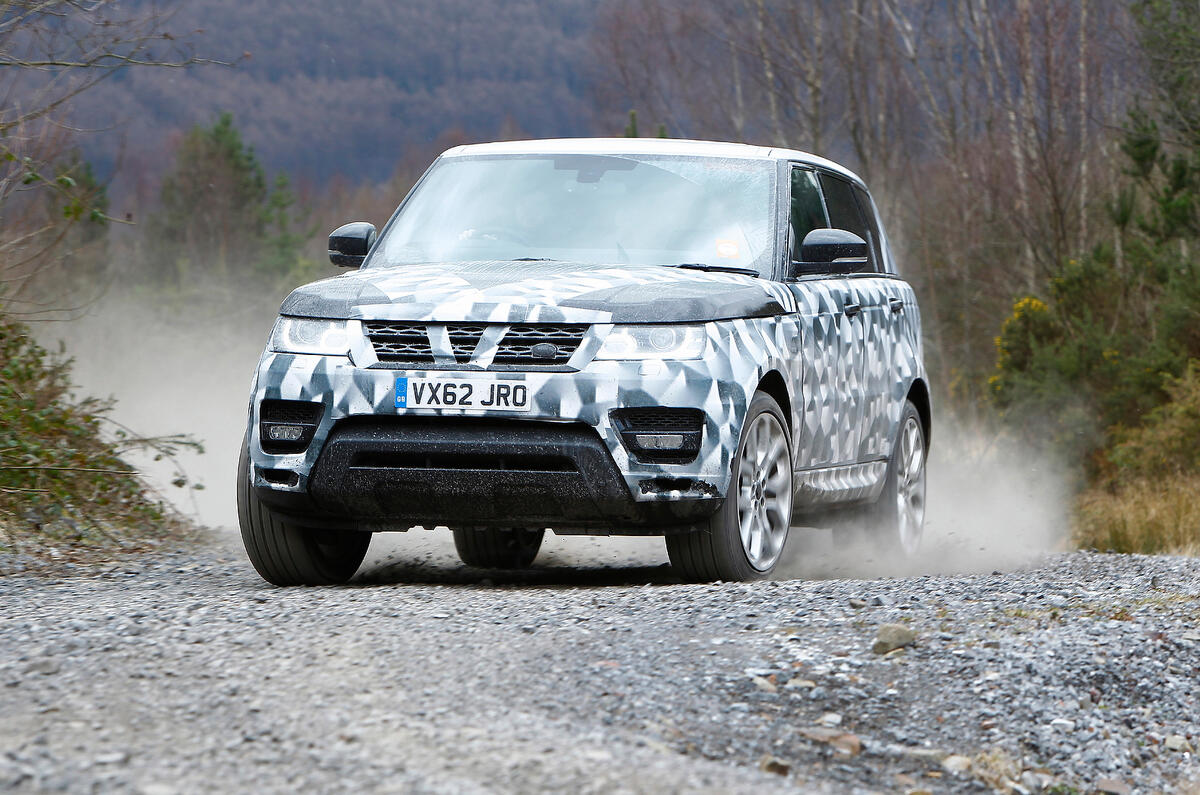
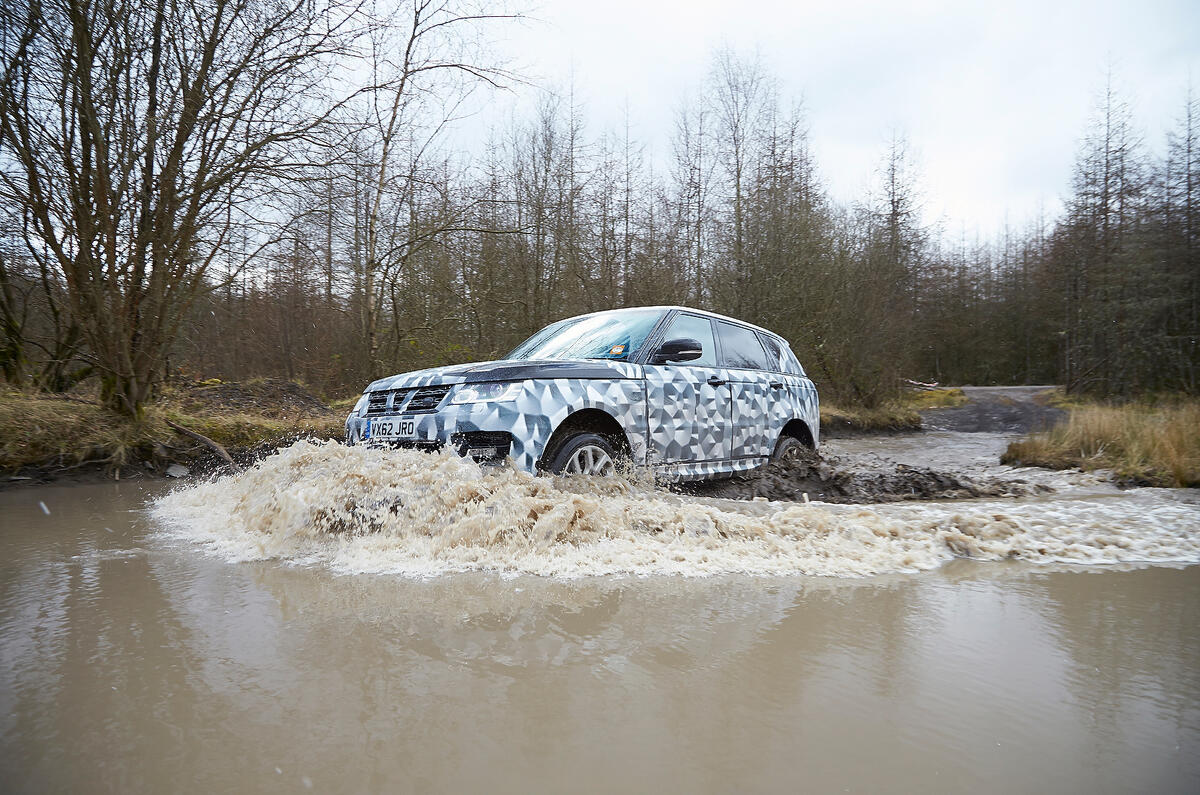
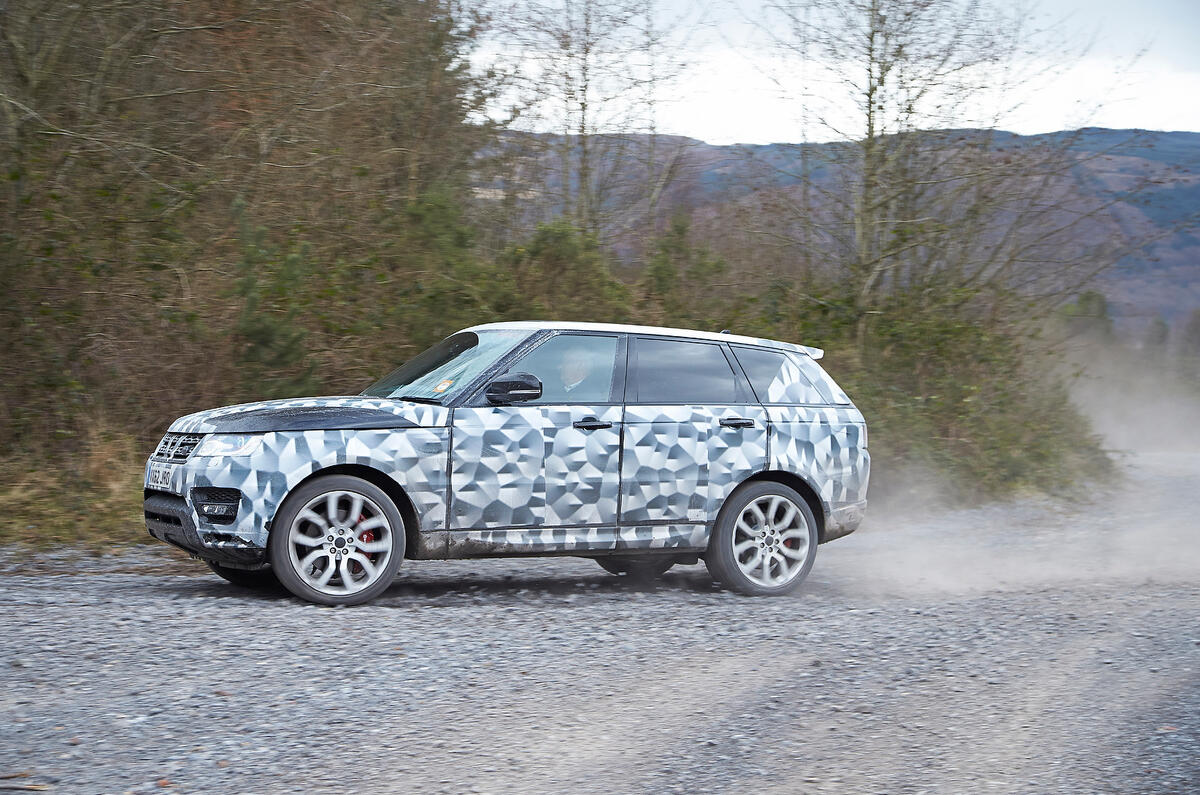
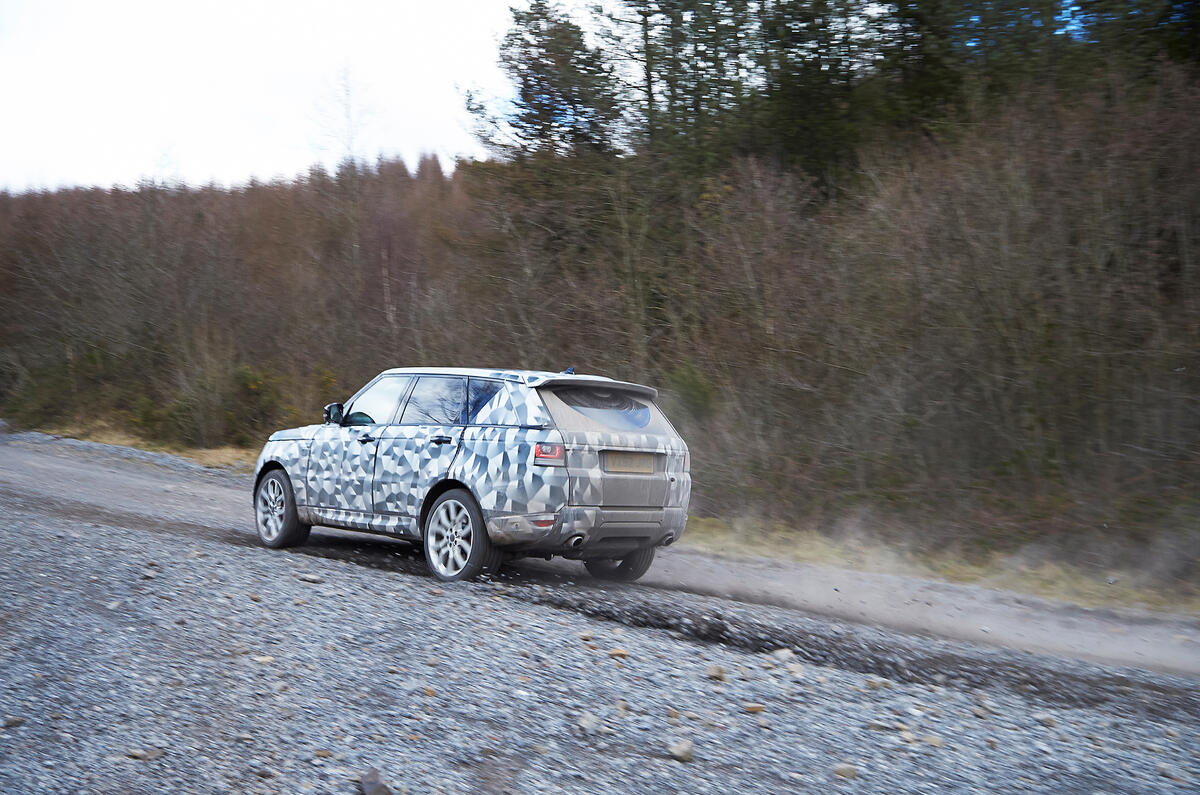
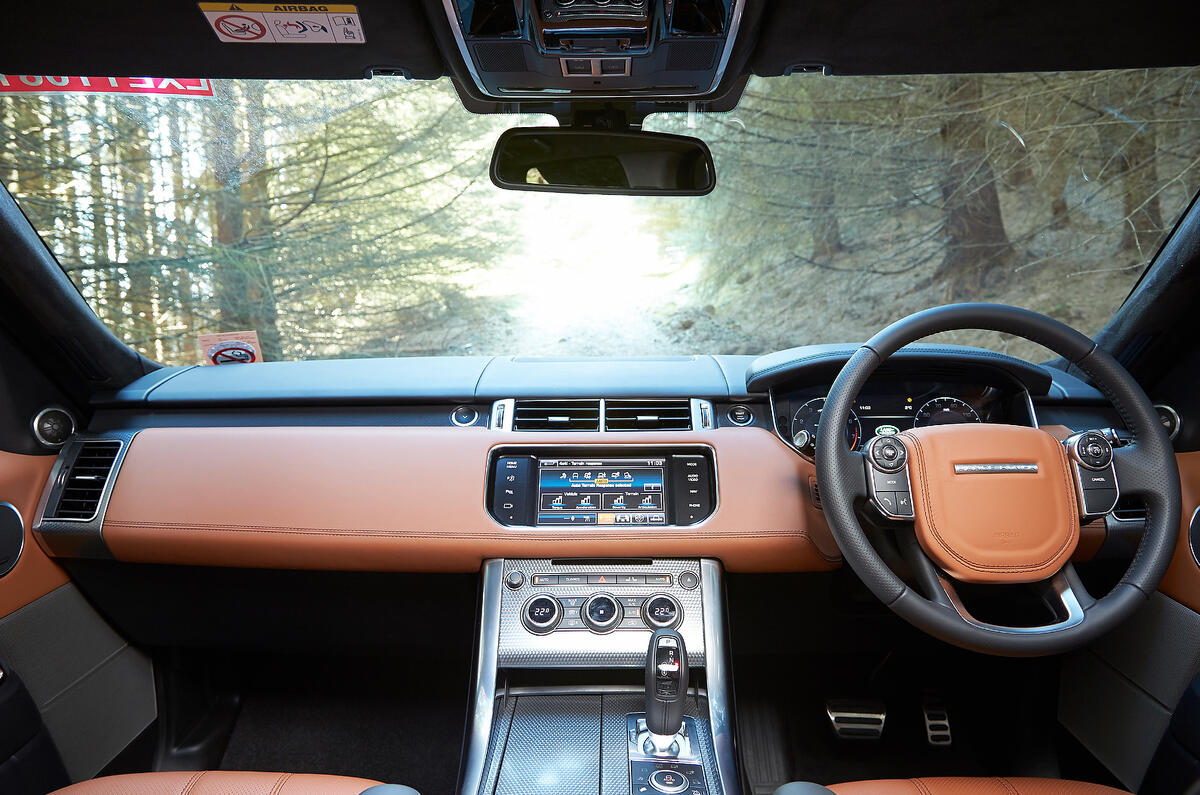

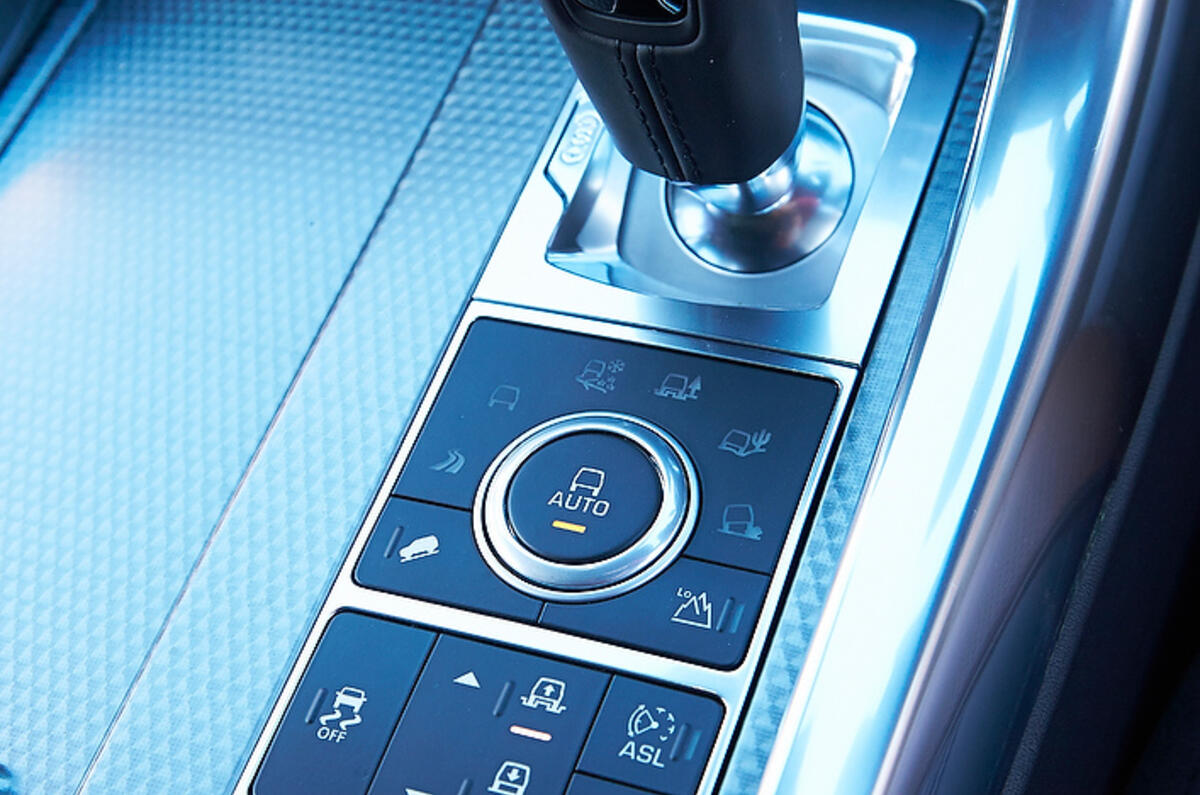
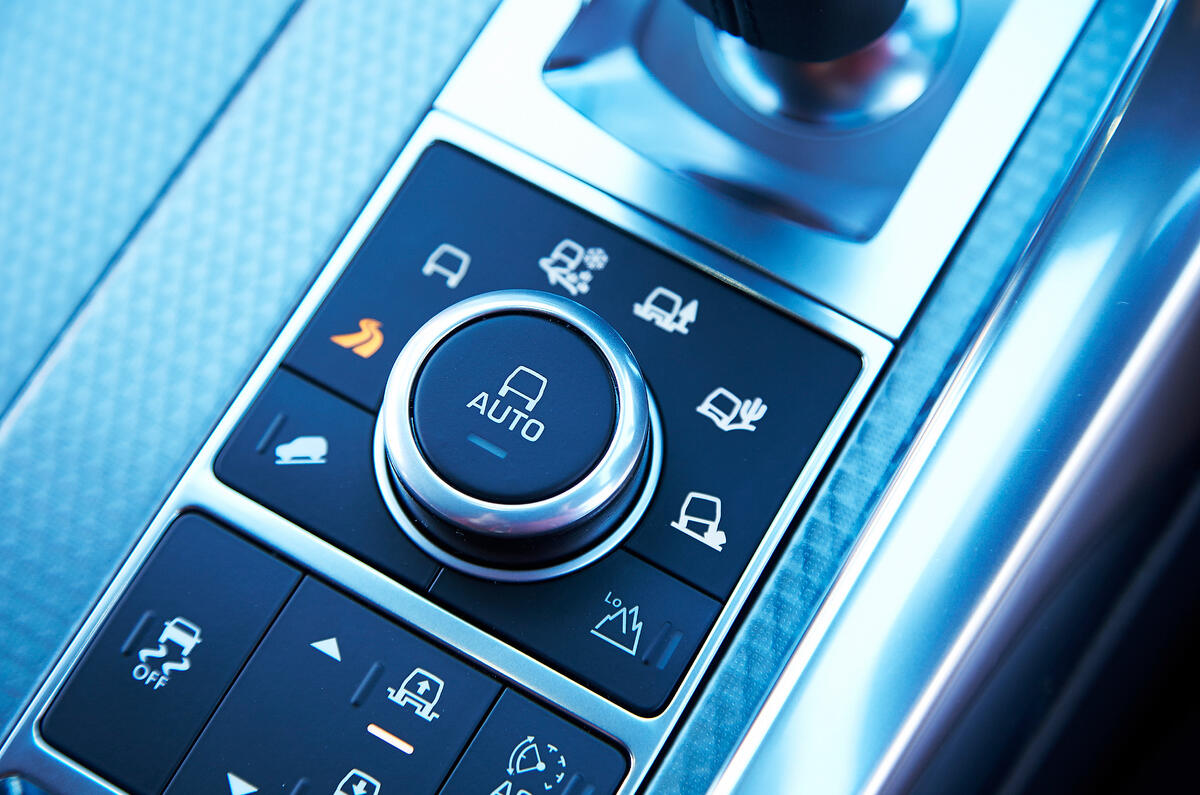
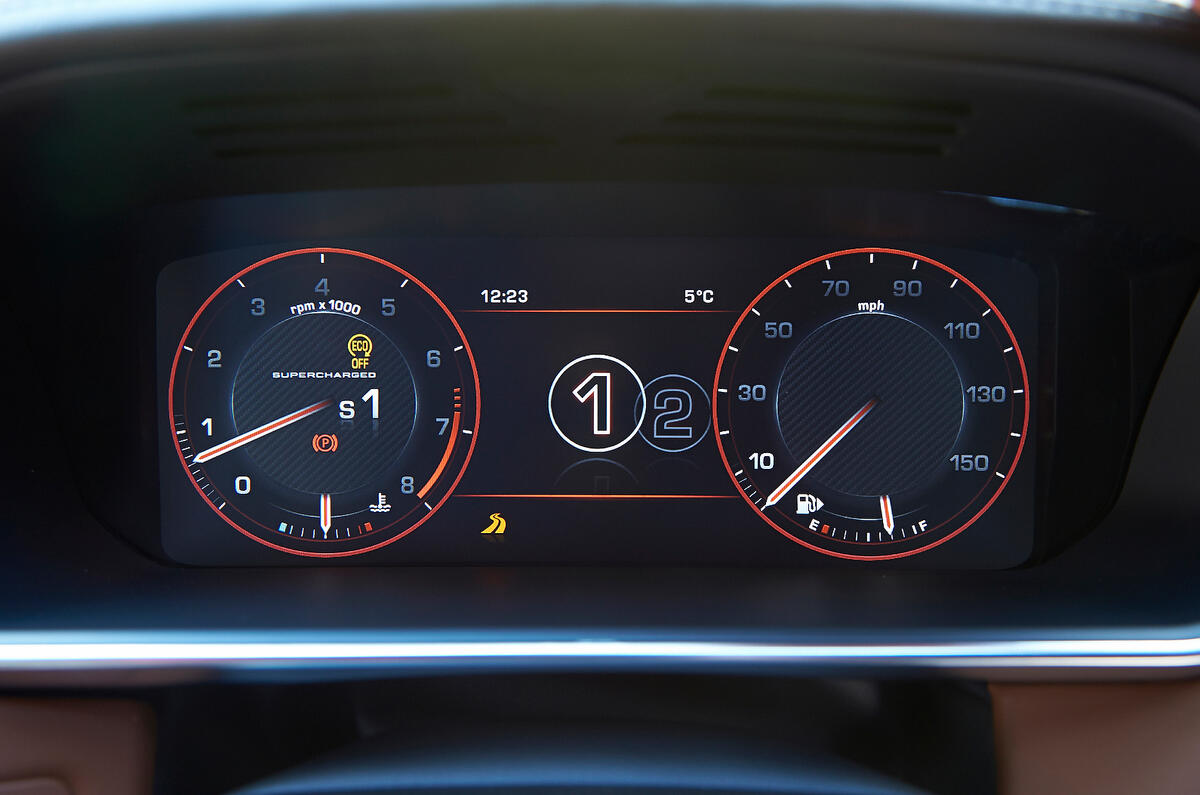
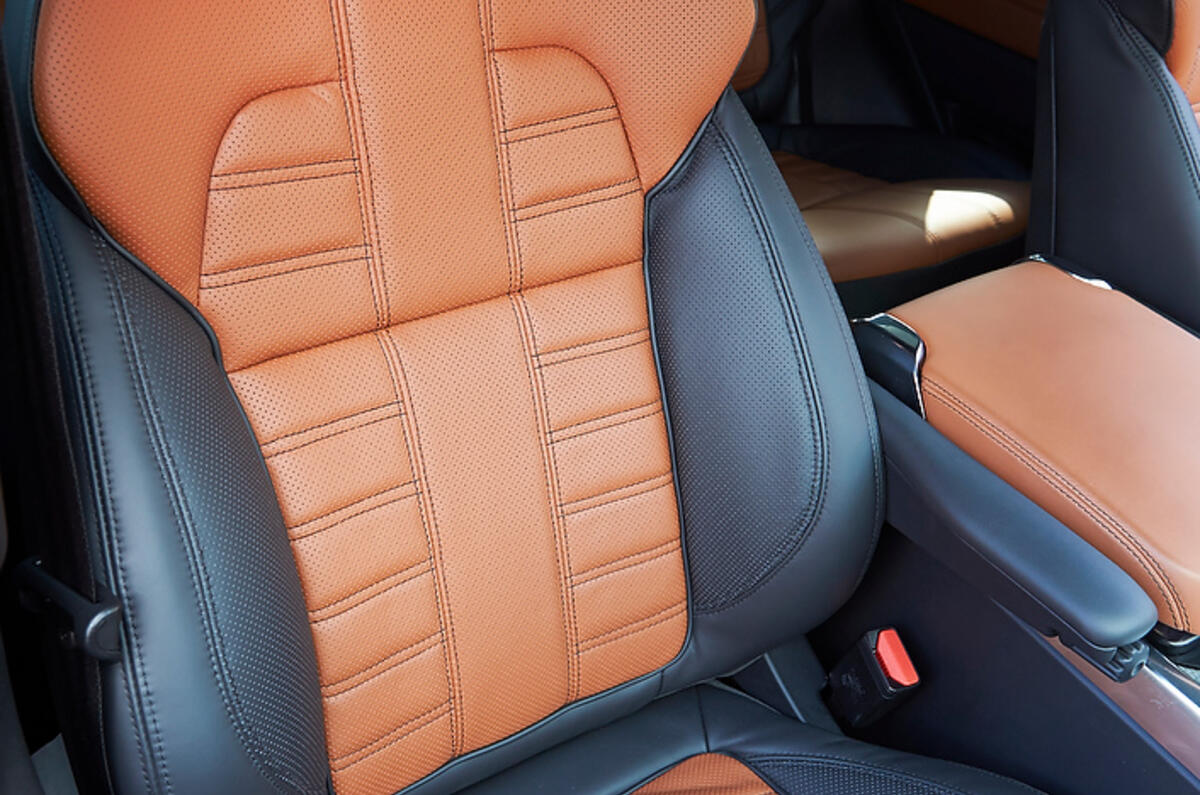
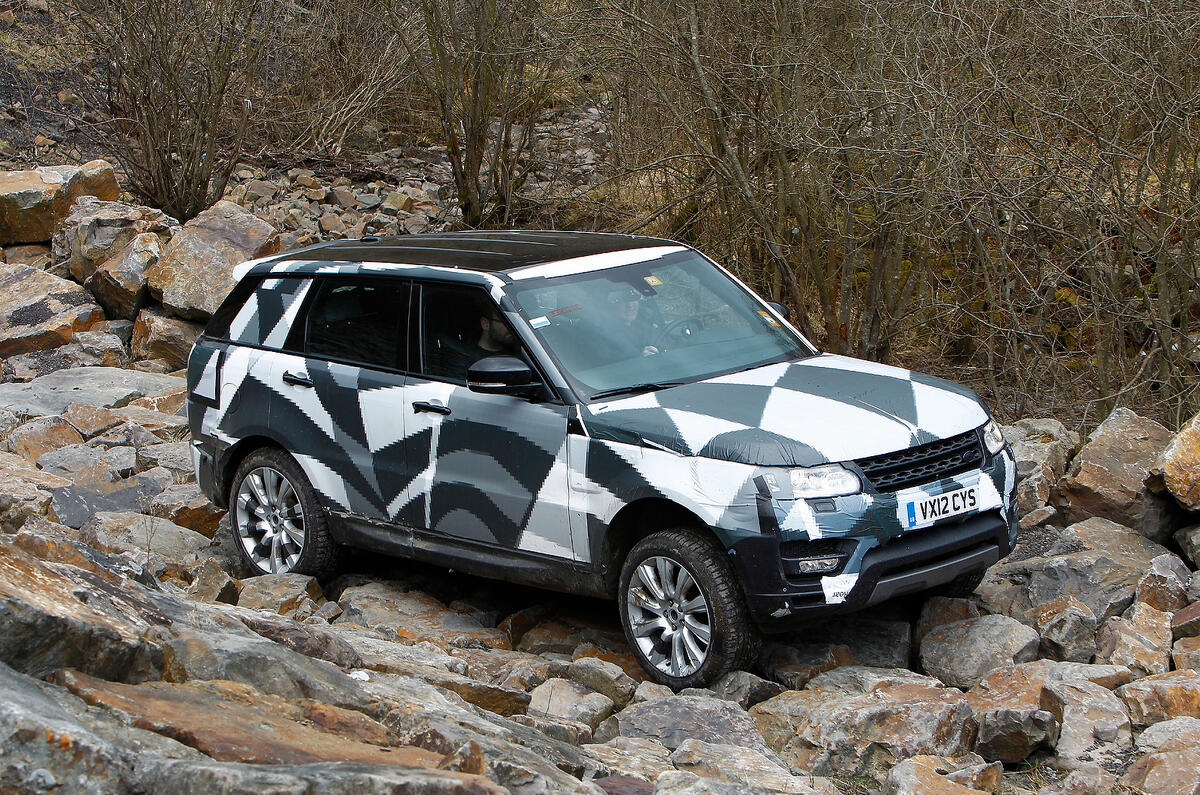

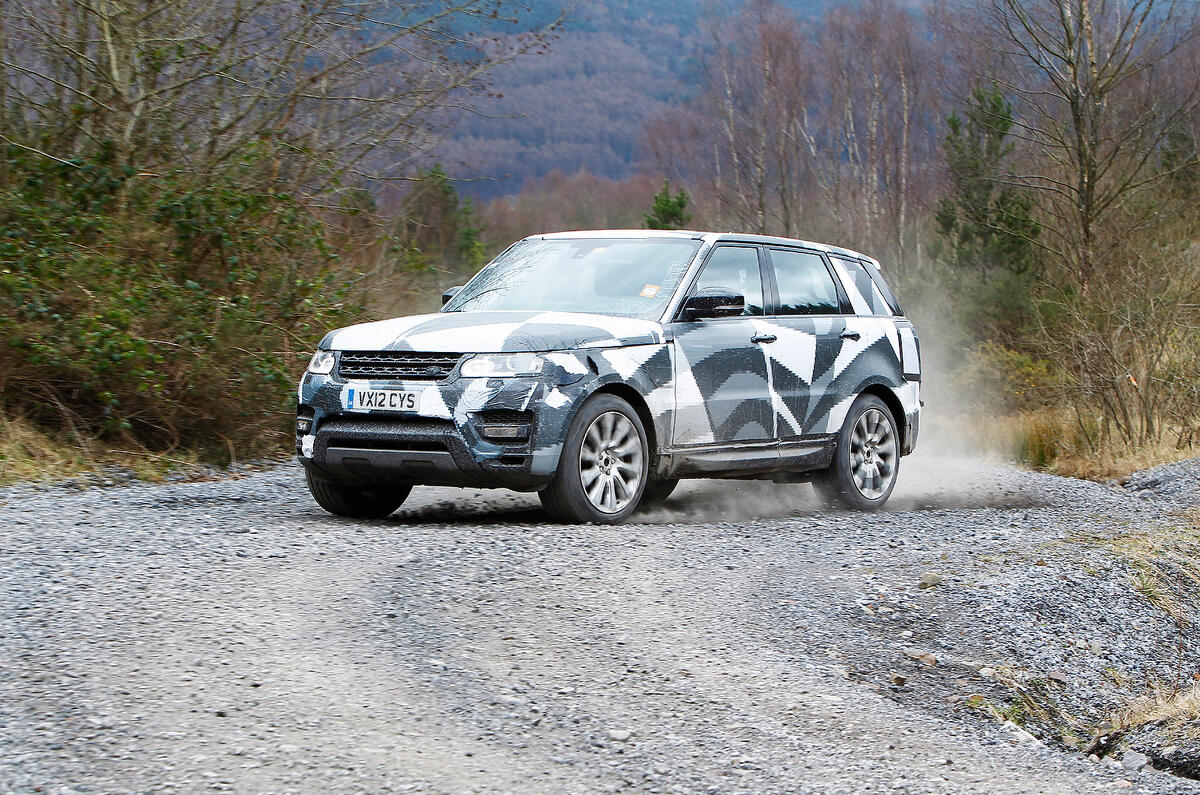
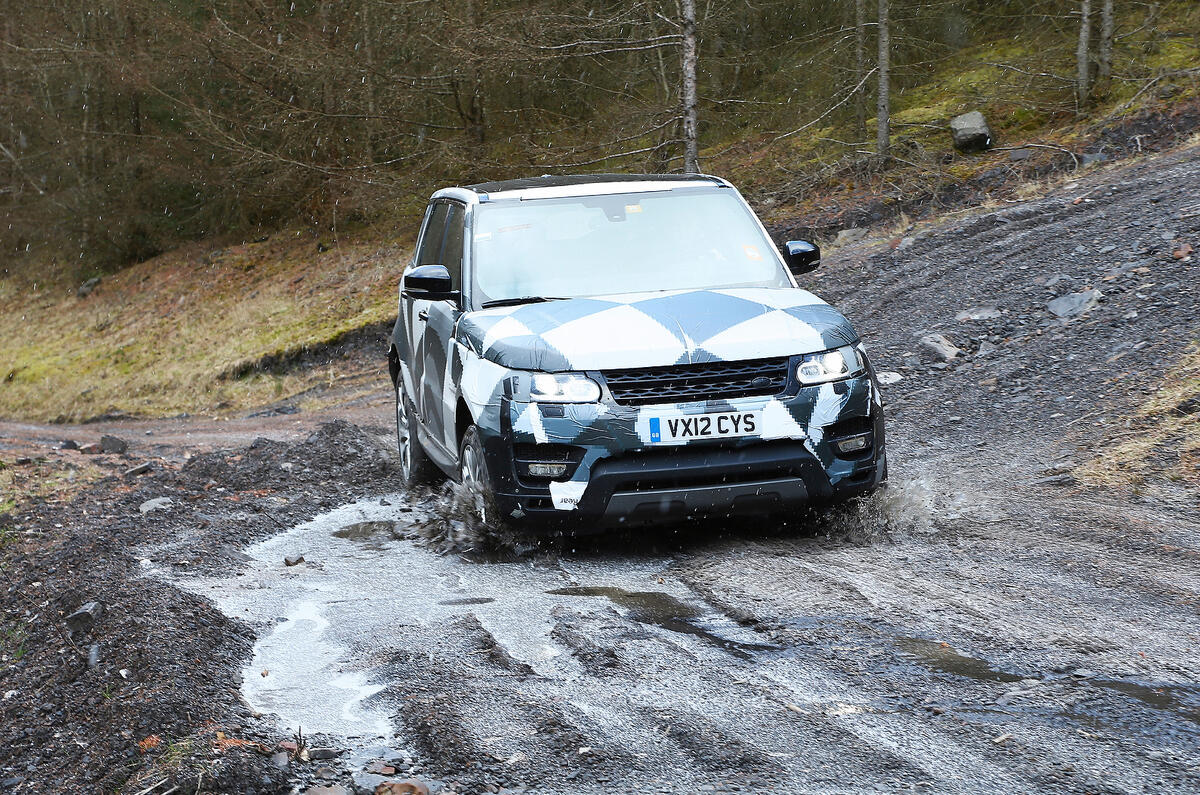
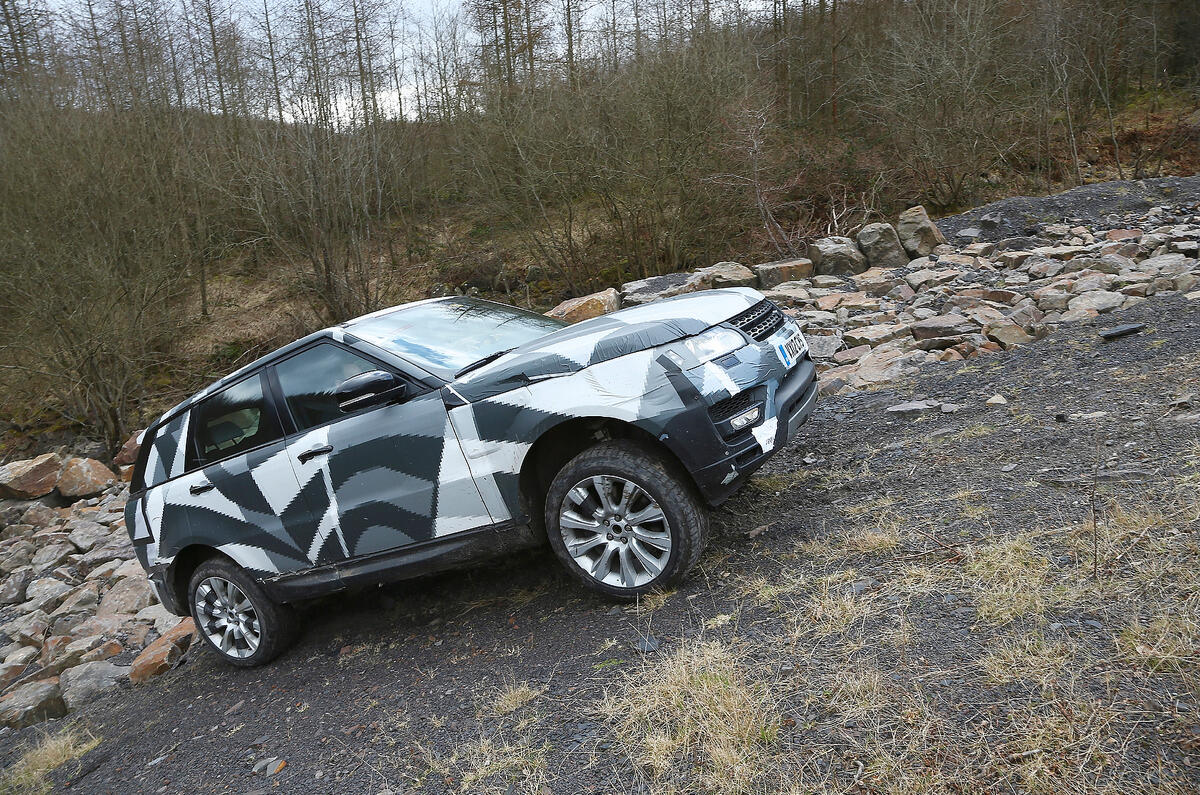
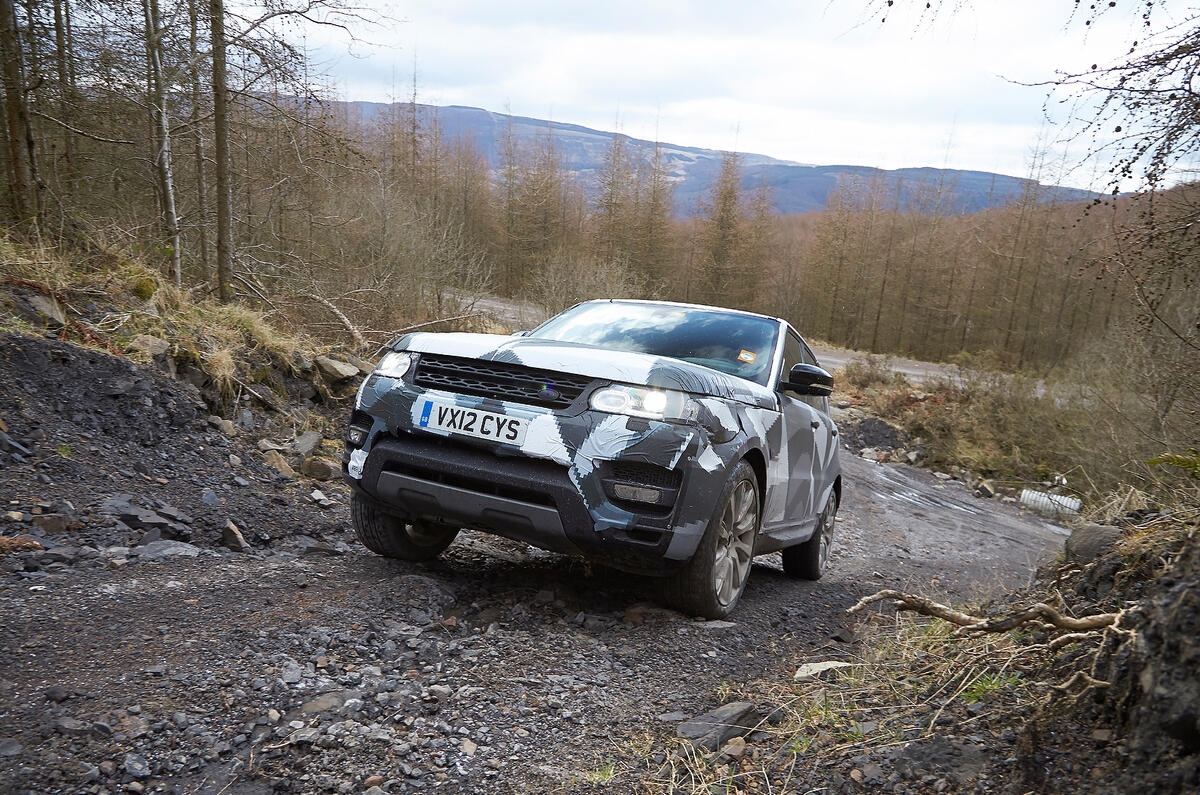

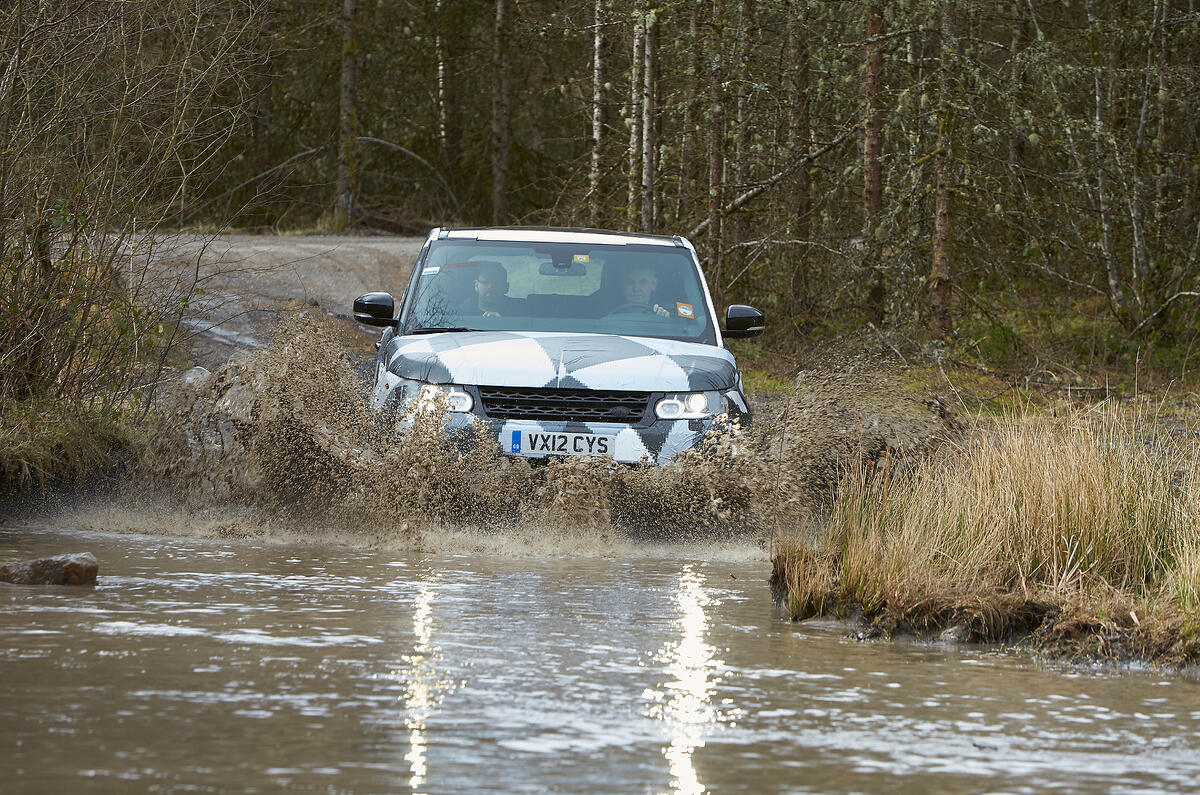
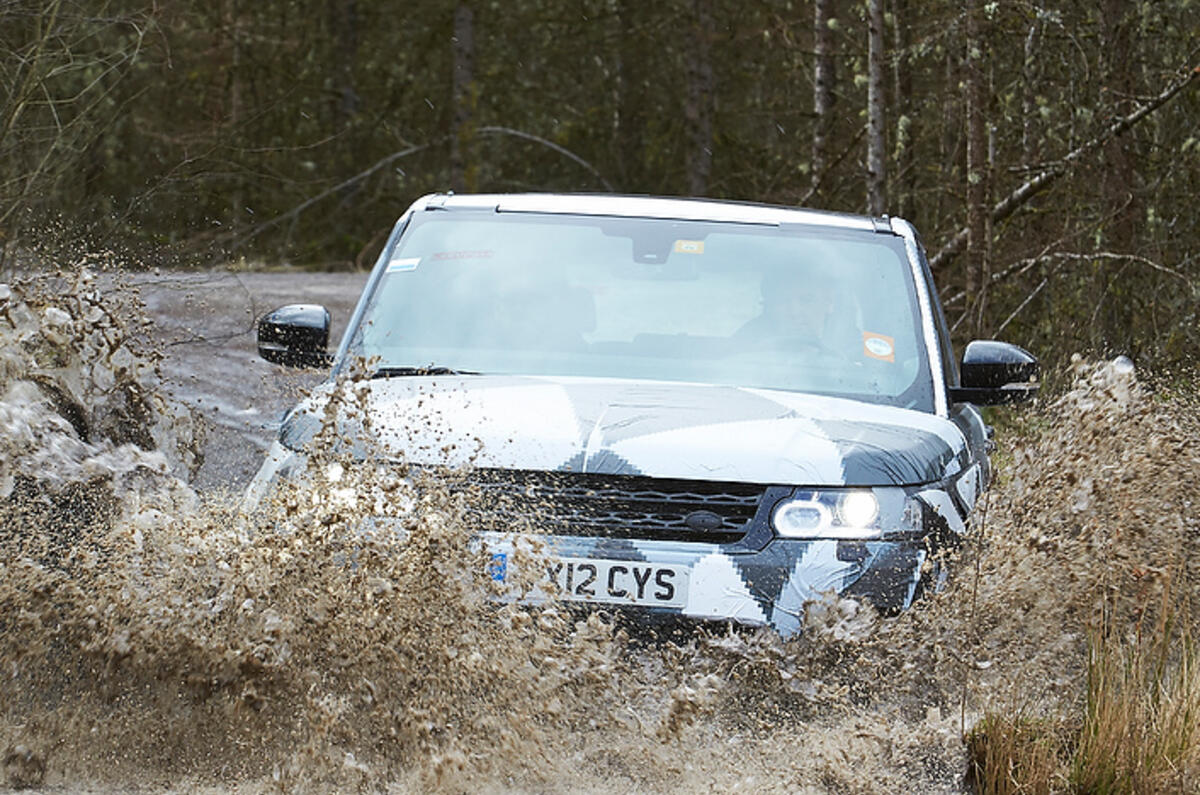
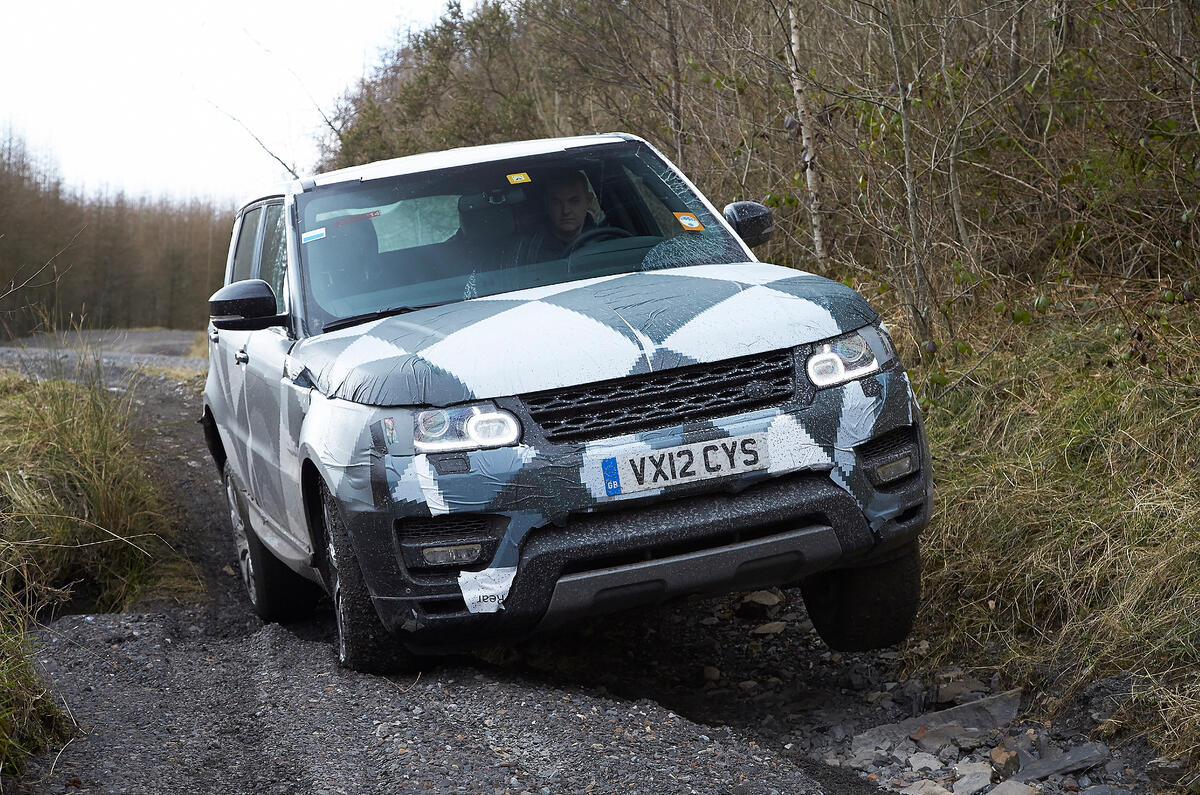


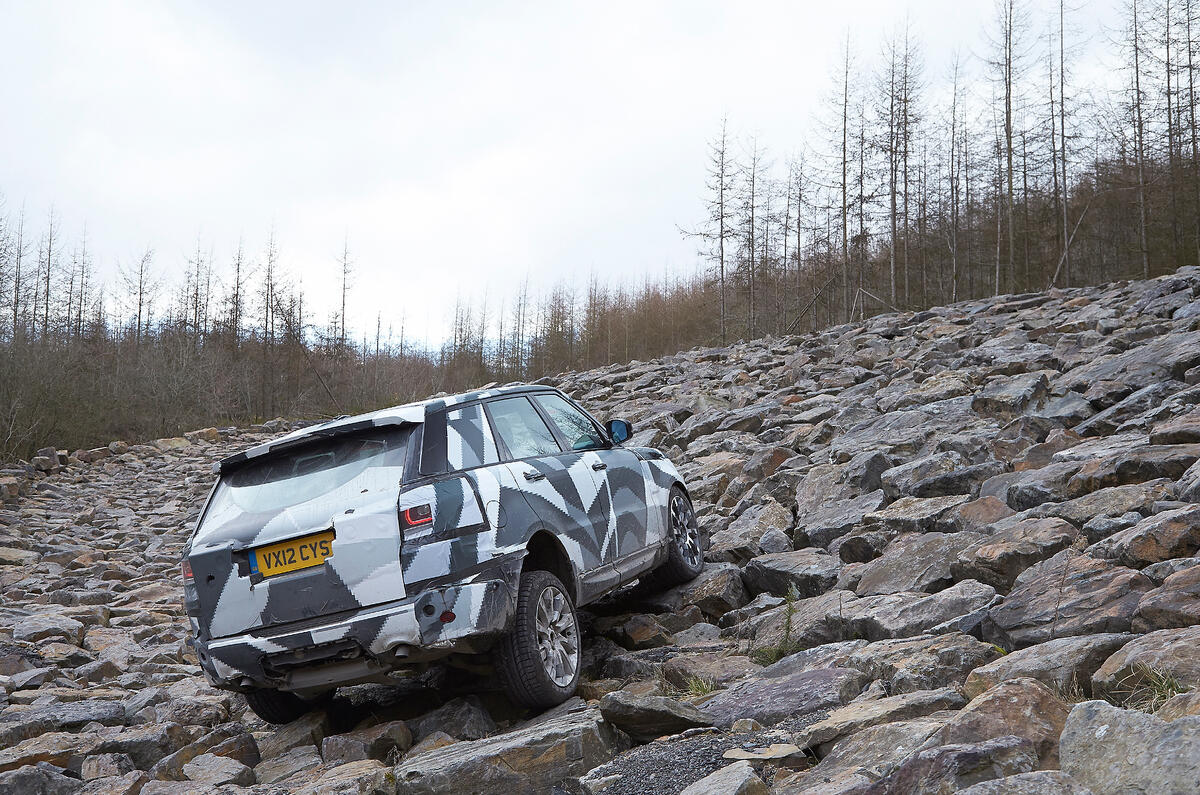
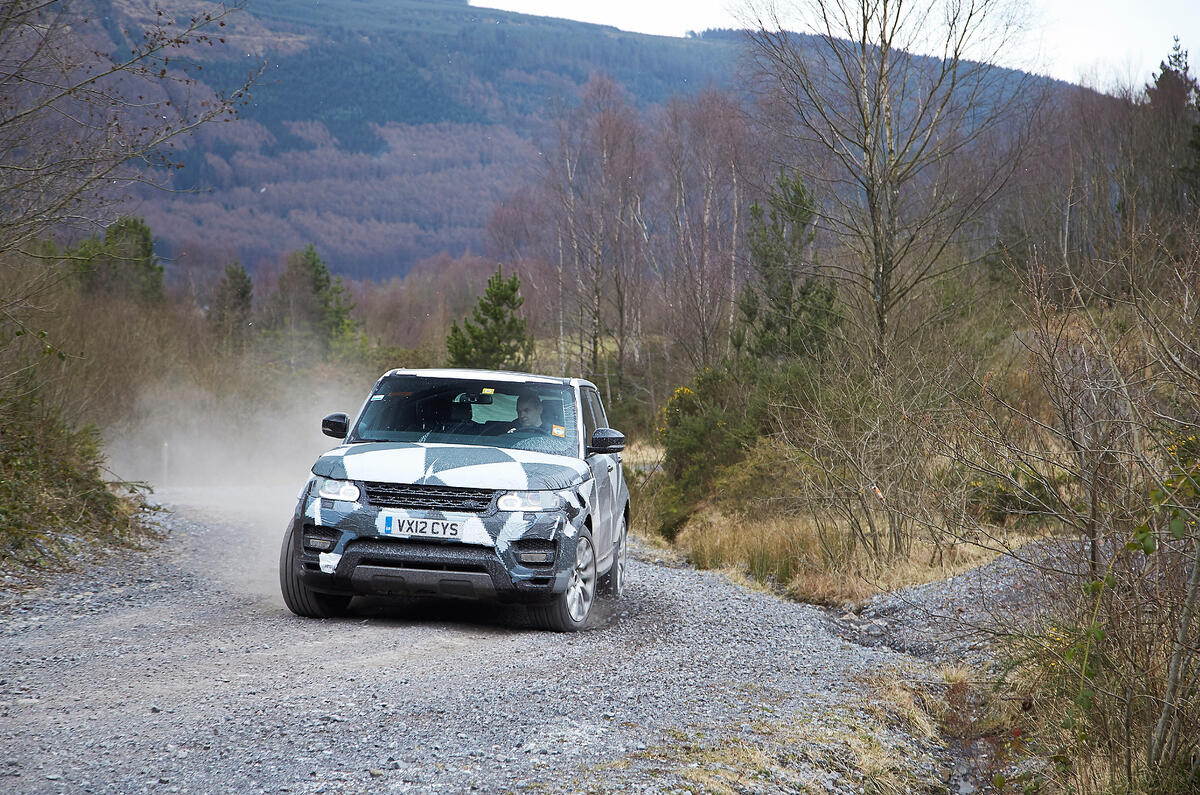
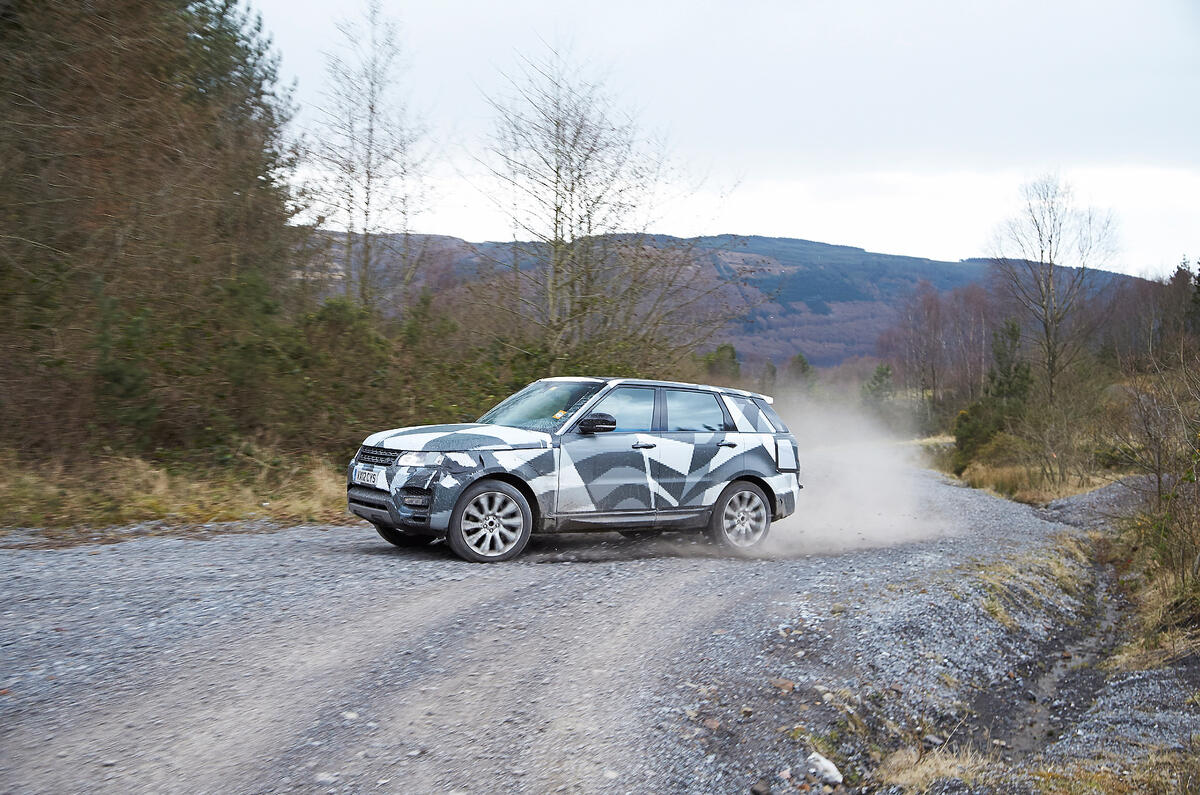

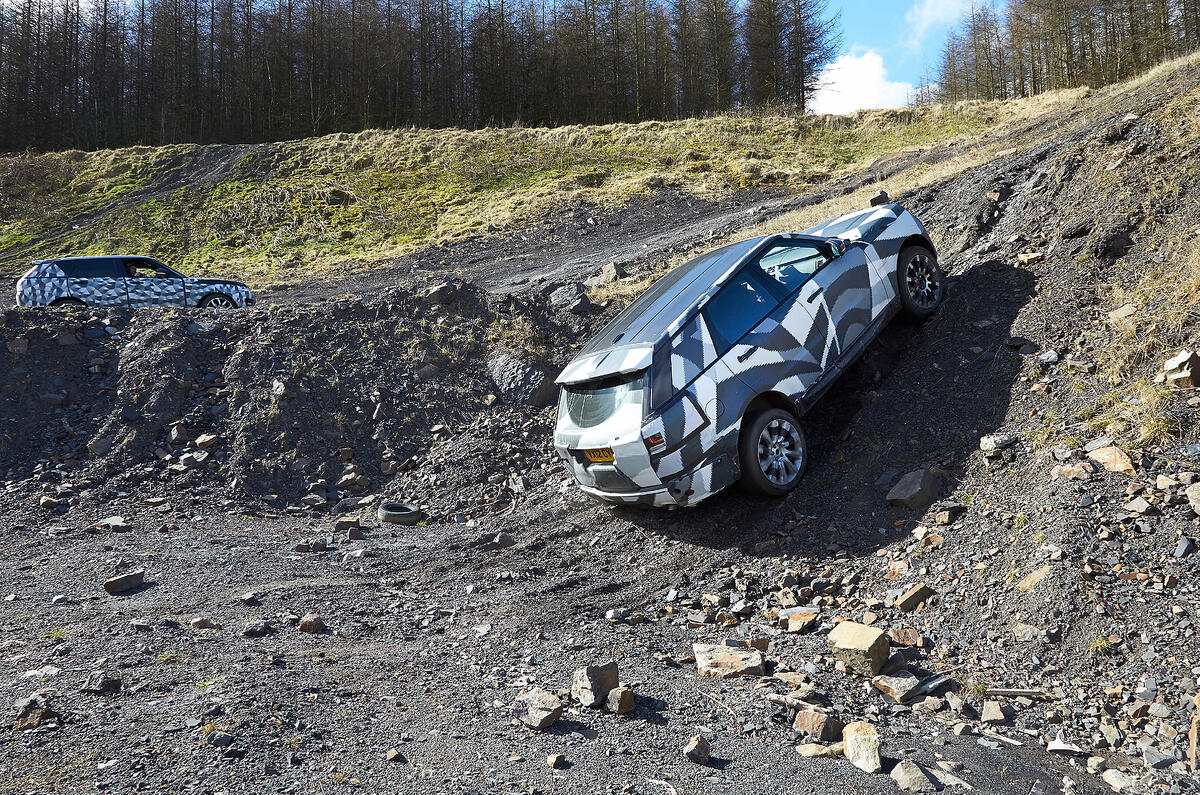
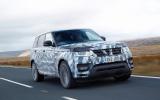
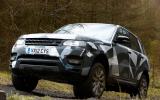


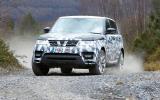
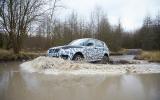
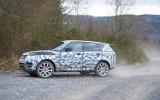
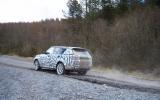
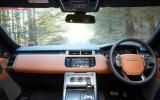
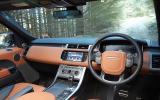



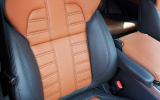
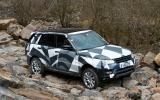
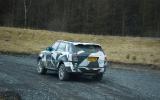
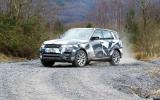
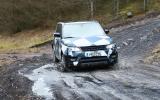

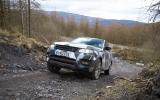
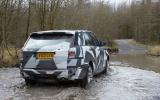


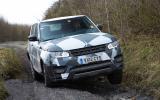
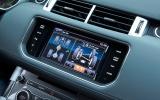
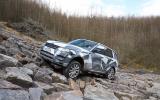
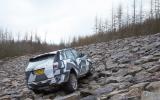
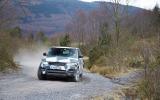
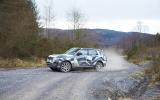
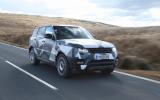
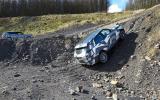





Join the debate
Add your comment
RANGE ROVER SPORT STRUCTURE AND WEIGHT.
Interesting article, Mr. Prior, but the previous Range Rover was certainly not 'a largely aluminium car'! It was unitary steel with just a few outer aluminium panels. The only 'largely aluminium' Land Rover hitherto was the Defender. And as far ANY Range Rover Sport weighing less than 2 tons, pull the other leg, though you do contradict yourselves on that matter a few paragraphs later. I am sorry to see Land Rover weight claims increasingly bordering on outright lies. For example the new Range Rover is less than 10% lighter than its predecessor and heavier than most steel competitors.
Neither did the separate perimeter frame chassis of the Discovery and the previous Sport necessarily add any weight. The Discovery is no heavier than the similarly sized previous Range Rover, which has a massive infrastructure including three large subframes and a ladder structure that is really a full-blown traditional Land Rover chassis, but not classified as such because it is welded onto the body rather than bolted.
Sporting SUVs - Preferred competition
The Range Rover line up is generally overpriced and under performing against its segment competition.
7 seats does nothing for the interior space for rear seat passengers.
Which of the following sporting SUVs would you choose.
0-60 is meaningless
Let's be serious here, the Brabus GLK V12 isn't even a production car at all but an after-market modifcation. The rest are former offroaders that are tuned to be race cars to a degree where they are no longer offroaders at all, losing their reason to exist. There is simply no point in a BMW X5 M that's a big heavy SUV trying to be a nimble Porsche 911: if speed is all you want, you are better off getting a car that's designed for speed in the first place, and if you want speed and a boot and 4 doors, get a Panamera or a Maserati Quattroporte.
The Audi Q7 V12 Tdi is even more idiotic since it's a diesel that's thirstier than 99% of petrol cars, so no point having a diesel in the first place. I could go on, but I think you get the gist of it: the RR Sport is actually the only car in this list that makes any sense at all. The others are ex-SUVs with an identity crisis trying to be Ferraris, pathetic really...get a Ferrari if 0-60 is all you care about. Btw, the Ferrari FF beats the Brabus GLK V12 by a mile and it has 4-wheel drive and a boot to speak of, makes the Brabus GLK look rather silly doesn't it?
At least this new platform
At least this new platform has enabled them to get rid of that awful blacked out section at the bottom of the windscreen....